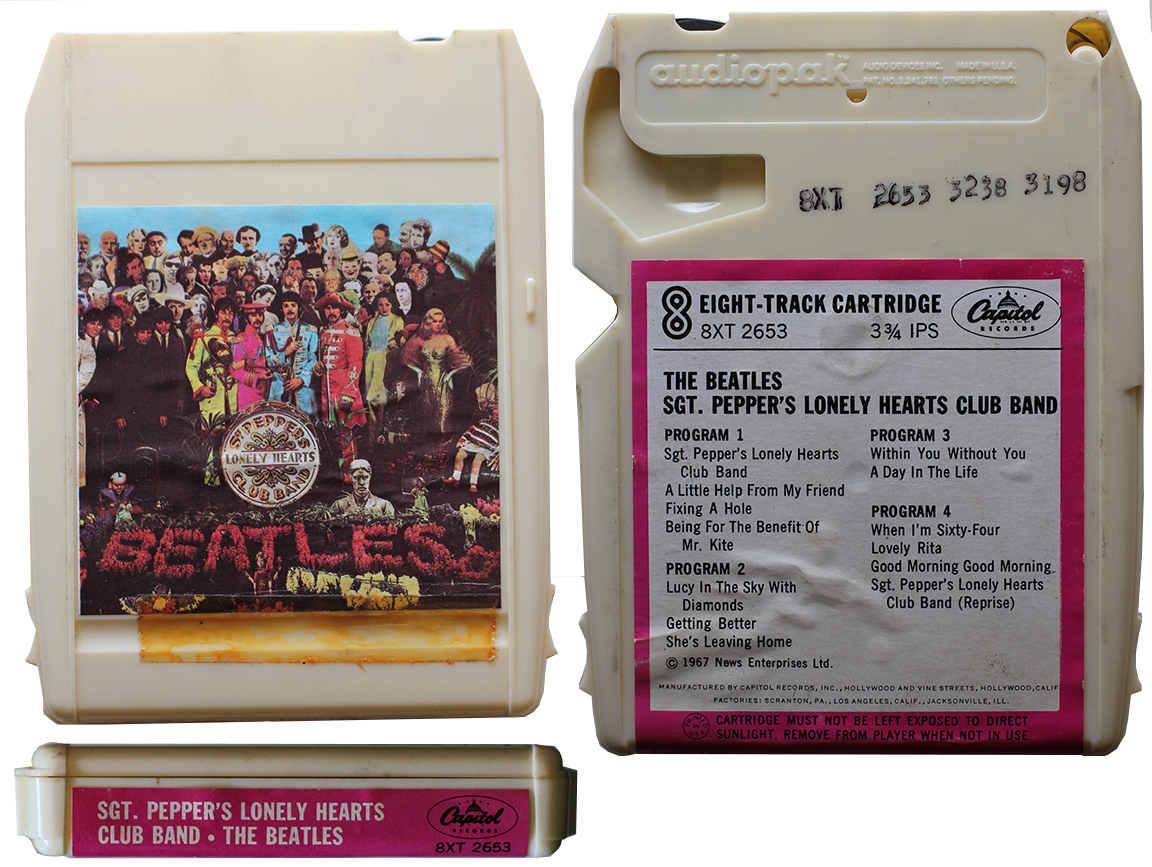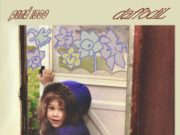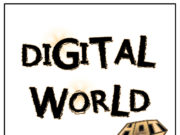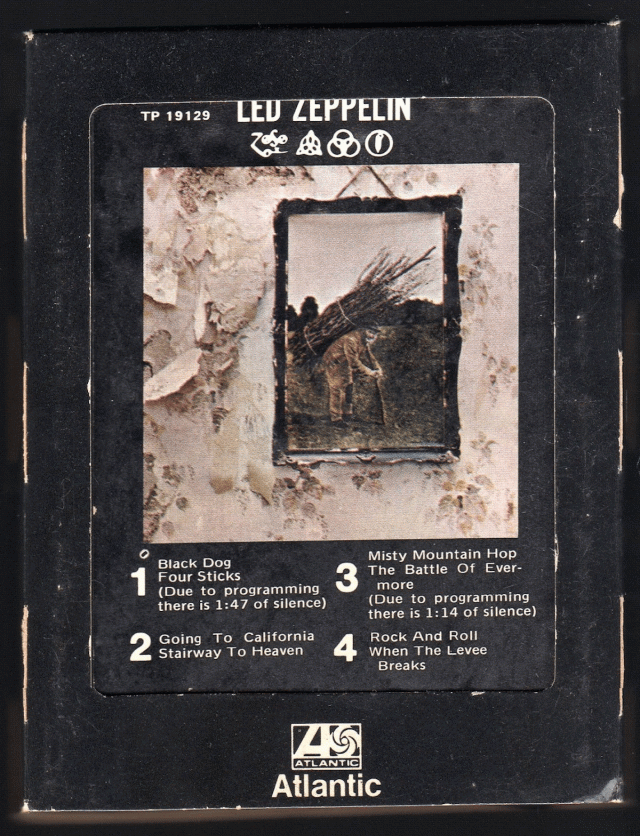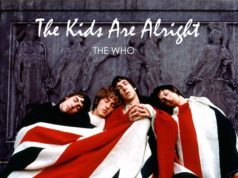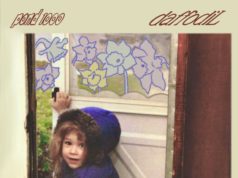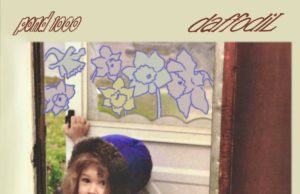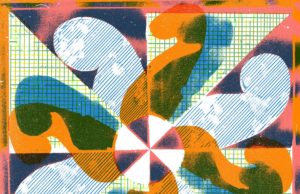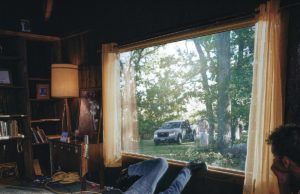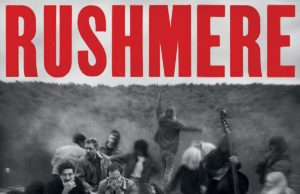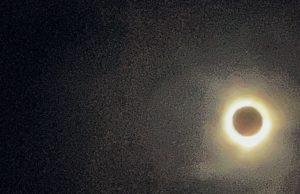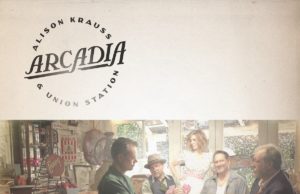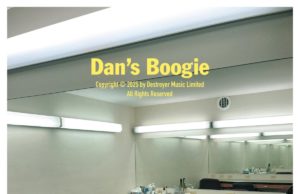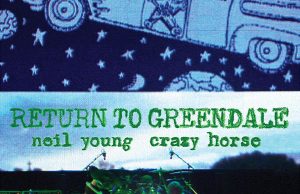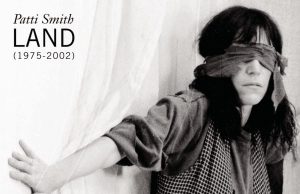 By the time I released my second Area Resident album, I had a pretty good peek behind the curtain when it comes to how my favourite albums came to be the way they are.
By the time I released my second Area Resident album, I had a pretty good peek behind the curtain when it comes to how my favourite albums came to be the way they are.
When you start making and releasing your own music, you need to choose the order of your songs. Digital and CD releases are one thing — that’s like making a setlist. Kind of. It’s about flow. Setlists are more complicated, because in a band — at least with my songs — there are a lot of tuning changes. So, it’s good to create a setlist that minimizes those so you can keep playing without too many breaks. But I digress.
The order of a digital or CD release is fairly simple because it’s ONLY about song flow. You don’t have to worry about sides, programs, format constraints and sound quality. I always leave the song sequence decisions to someone else. Producer/contributor Jordon Zadorozny did it for all but one of my Area Resident albums. Dave Merritt of Golden Seals worked out the order of 2019’s Jardinova.
My first album was a CD/digital release, but the second — 2017’s Delano — was issued on vinyl. Holy crap, does that ever change things. Including decisions on song order. For starters, there’s two sides. So, basically two sequences. The first song on the second side should be a cool restart button kind of song. I always think of (Gotta Get A) Meal Ticket from Elton John‘s Captain Fantastic and the Brown Dirt Cowboy. Side 1 ends with the epic ballad Someone Saved My Life Tonight, while Side 2 starts with the album’s only banger. I tried to do this with Delano, where the second side starts with the album’s catchy swampy slide tune Lanark Double Soaker. You only need to hear the first five seconds to know what that song is going to be.
The next album I did, 2018’s Echolette, also has a banger to start the second side — but this time there was an extra reason. The song, called Driving To La Peche In Opposing Lanes, is the only one on the album featuring home-recorded drums. In order for that to be less noticeable it needed to be first, and it’s not really an album-opener. So, it became the first song on the second side, so the drum sound would just get better afterwards — not worse.
That sort of brings us to another issue when choosing an album’s sequence: Sonics. When it comes to vinyl, the beginning of an album side sounds better than the end. The stylus can’t get into the groove as well, because the rotations are faster as it gets closer to the label.
From this you can deduce something, at least when judging the albums of indie artists like myself — that the artist probably, and the producer certainly, probably put those songs as the first few on either side because they are the strongest sonically and musically. The best songs get the best part of the record — the part most-listened to, and the part with the best sound. This is why, often, the leadoff songs on a record may start quietly. They’ll sound great when they’re cranked up because they’re seated in the best vinyl on the album.
So it should come as no huge surprise then that sometimes vinyl and CD versions of the same album have different song sequences. Take Mellon Collie and the Infinite Sadness by Smashing Pumpkins. It came out originally on CD, then a three-LP set the following year with a totally different sequence. They needed a four LP set in 2012 to restore the original CD-inspired order.
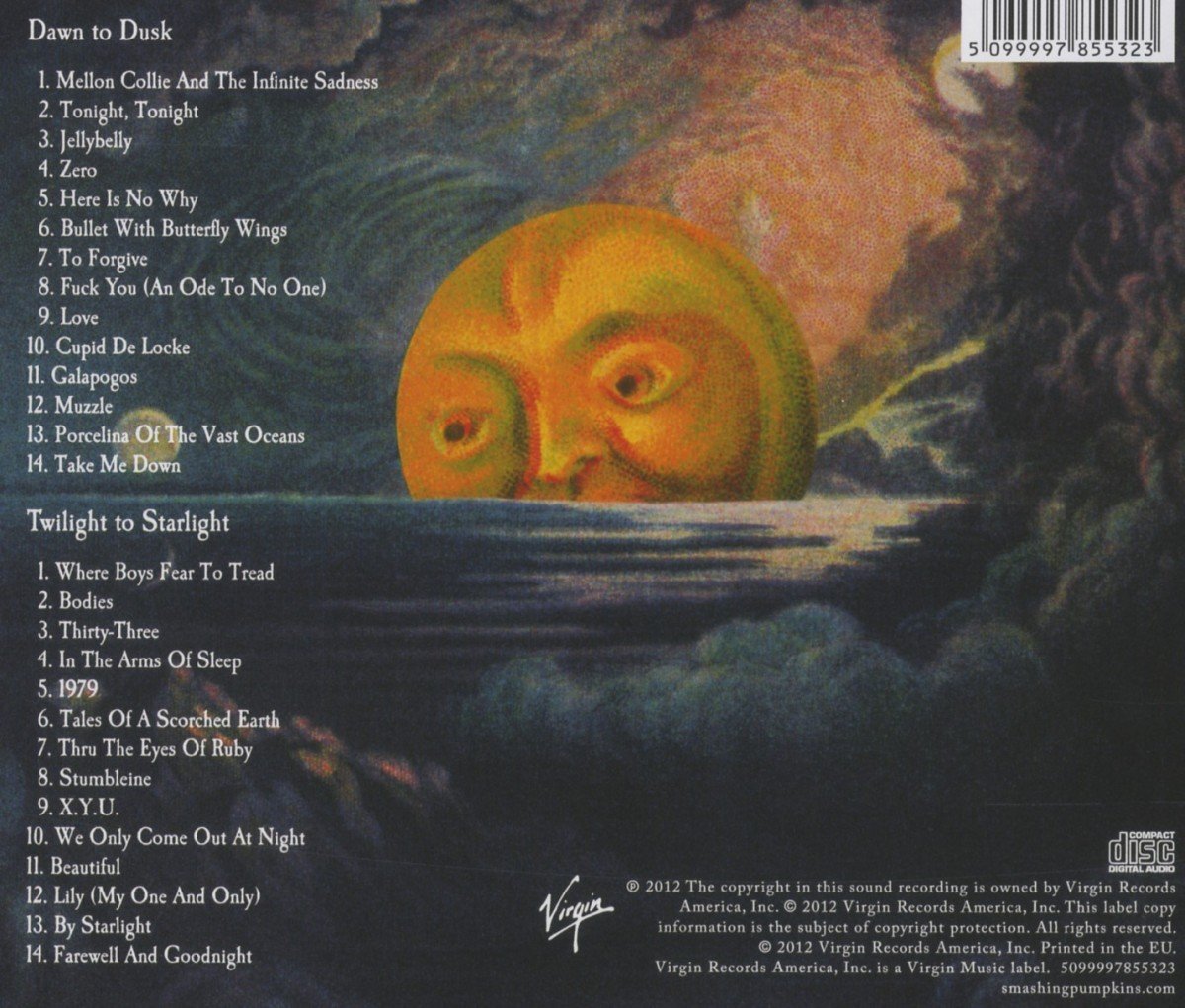
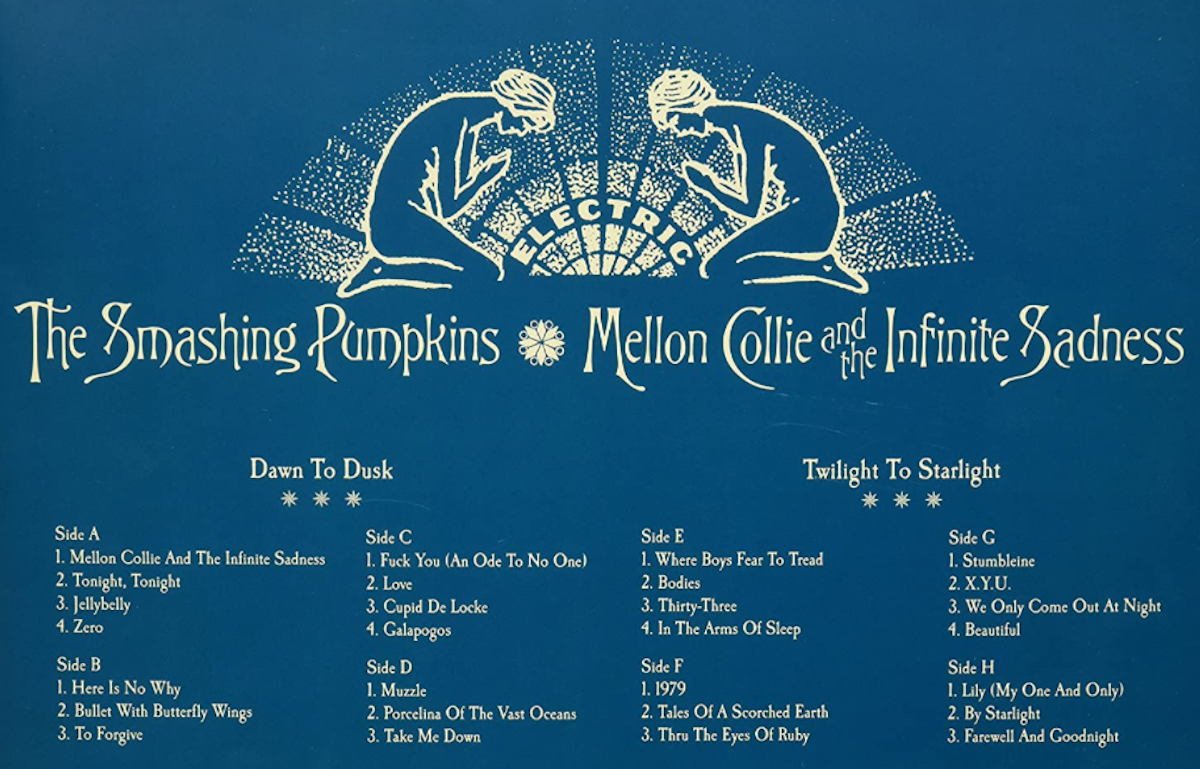
There were a lot of really long albums during the primarily CD-release 90s era (Hello, way too long Blood Sugar Sex Magik). These became very expensive sets to put out on vinyl (like Mellon Collie) and have only recently been made available due to the huge renewed interest, specifically in analog-era recordings.
The Who’s Live At Leeds is an excellent example. I personally have the budget original LP with just six songs on it. But, I also have the deluxe CD from the late ’90s with almost all of the entire concert — packaged to look like a vinyl record. Last fall, I picked up the three-record vinyl set of the same, remastered and glorious. I think it was only $50. Cool to have the complete setlist, in the order the band conceived.
If you get the CD version of thrash metal band Sodom’s In The Sign Of Evil / Obsessed By Cruelty, the booklet shows the songs in the vinyl-version order even though they’re different on CD.
And then there’s 8-track cartridges! One of the problems with the stereo versions of these was they had four “programs” and often songs would be split into two parts with a break in between. This didn’t happen on quadraphonic 8-tracks because those only have two programs, just like vinyl album “sides.”
Sometimes, record labels would re-order the song sequences on 8-track releases to minimize the disruption caused by flipping to the next program before a song was over. There are many, many examples of 8-tracks with entirely different running orders.
Case in point, here’s the 1970 Sgt. Pepper 8-track:
A1 Sgt. Pepper’s Lonely Heart’s Club Band
A2 With A Little Help From My Friends
A3 Fixing A Hole
A4 Being For The Benefit Of Mr. Kite!
B1 Lucy In The Sky With Diamonds
B2 Getting Better
B3 She’s leaving Home
C1 Within You Without You
C2 A Day In The Life
D1 When I’m Sixty-Four
D2 Lovely Rita
D3 Good Morning, Good Morning
D4 Sgt. Pepper’s Lonely Heart’s Club Band (reprise)
That’s madness, especially when it was originally conceived as having the songs flow into each other without a break. Led Zeppelin IV (untitled) is also weird. Battle Of Evermore is the second track!
Might be fun to make a digital playlist with these classics in their various format-specific song sequences. Or not. I’m a huge geek.
• • •
Area Resident is an Ottawa-based journalist, recording artist, music collector and re-seller. Hear (and buy) his music on Bandcamp, email him HERE, follow him on Instagram and check him out on Discogs.
